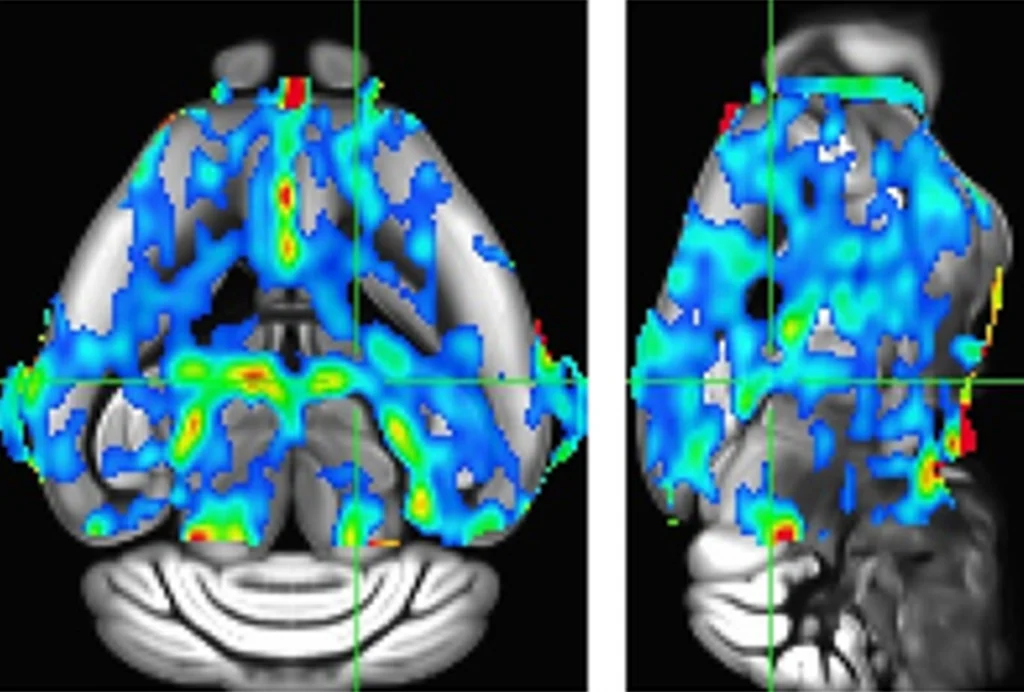Second opinion
One of the most startling statistics in autism is the prevalence: 1 in 150 children. That number is routinely cited to make the case that autism is now an epidemic, and that it is swiftly on the rise.

bcab0d28-f739-7804-a5a7-7bb26faa09ee.jpg
One of the most startling statistics in autism is the prevalence: 1 in 150 children. That number is routinely cited to make the case that autism is now an epidemic, and that it is swiftly on the rise.
But another theory holds that this rise is at least in part attributable to changes in how autism is diagnosed today.
In support of the latter idea, a study in Developmental Medicine & Child Neurology shows evidence of “diagnostic substitution”, reporting that adults who had been diagnosed with language disorders in the 1980s and 1990s would now be classified as having autism.
In the study, researchers reevaluated 38 individuals ― 31 males and 7 females ― between the ages of 15 and 31 who had been diagnosed as children with developmental language disorders based on earlier versions of the Diagnostic and Statistical Manual of Mental Disorders. Of the 38, 20 have language impairment combined with impaired social skills.
At the time, autism was defined by more stringent criteria, and spectrum disorders were not well recognized, the researchers note.
If these individuals were being diagnosed today according to the standard Autism Diagnostic Observation Schedule – Generic and the Autism Diagnostic Interview – Revised, the researchers report, eight meet the criteria for autism, and four for the broader spectrum disorders.
Makes you wonder, if more diagnoses were reevaluated in this way, would we still believe thereʼs an epidemic?
Explore more from The Transmitter

How inbreeding almost tanked an up-and-coming model of Alzheimer’s disease

